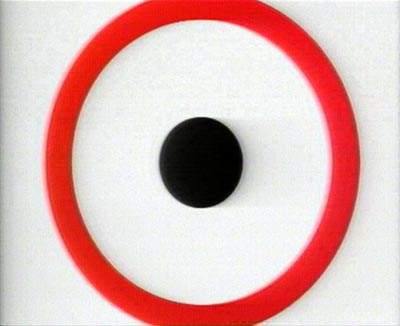…
Play Sax with Lol Coxhill
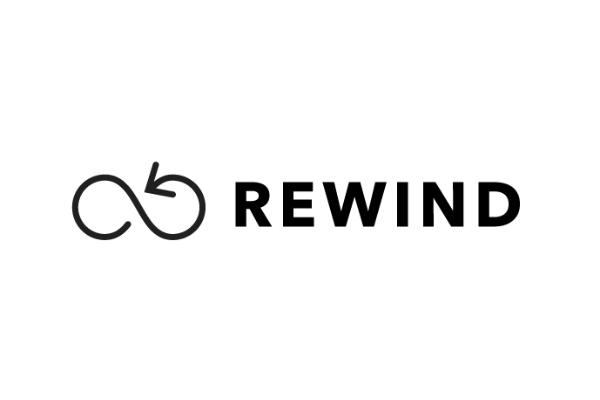


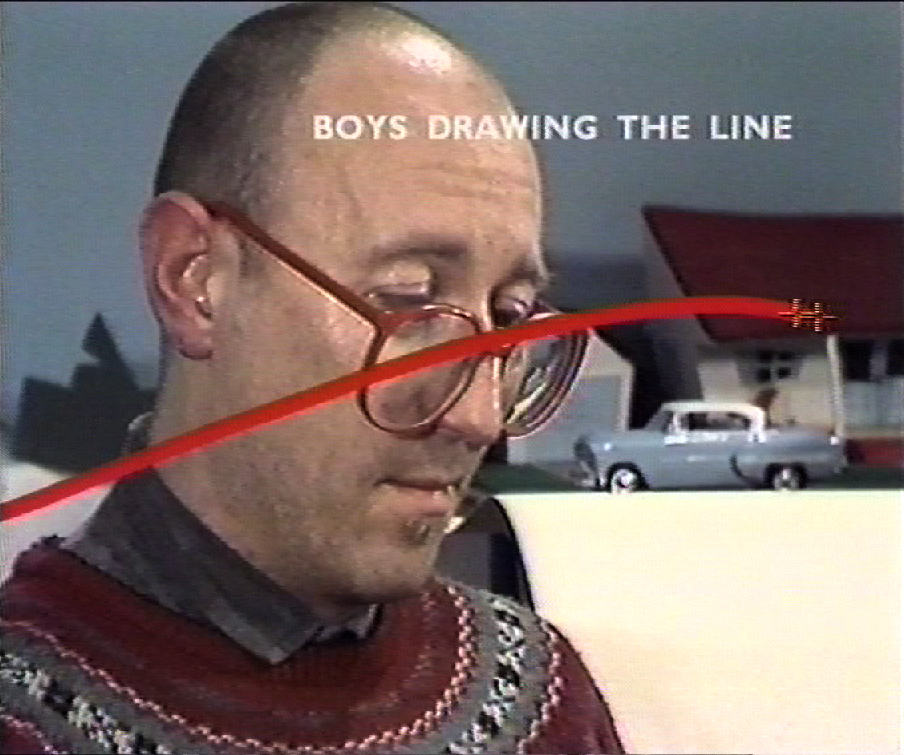
‘1001 Boys Games was based on a poem written by the painter John Yeadon in 1983. It combines computer-generated drawings by Yeadon from his Impossible Lovers series, with animation and digital video effects in a stream of images complementing the narration of the poem by the dramatist Tom McGrath. In addition to conventional camera-originated material and artwork, a Quantel Paintbox and a BBC micro computer were used to create the hundreds of ‘cells’ featured in the work.’ …
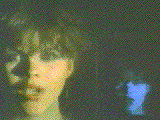
‘Made in response to a cassette full of soundworks sent to me by David Cunningham sometime in 1981. The ones I used were titled “Voice”, “Body “, and “Rapid”. David went on to use them as different versions on his CD “GhostDance” and “voiceworks” and forgot about the versions he had sent to me-although he did use images from “The Sounds of These Words” for the front and back covers of “voiceworks”. …
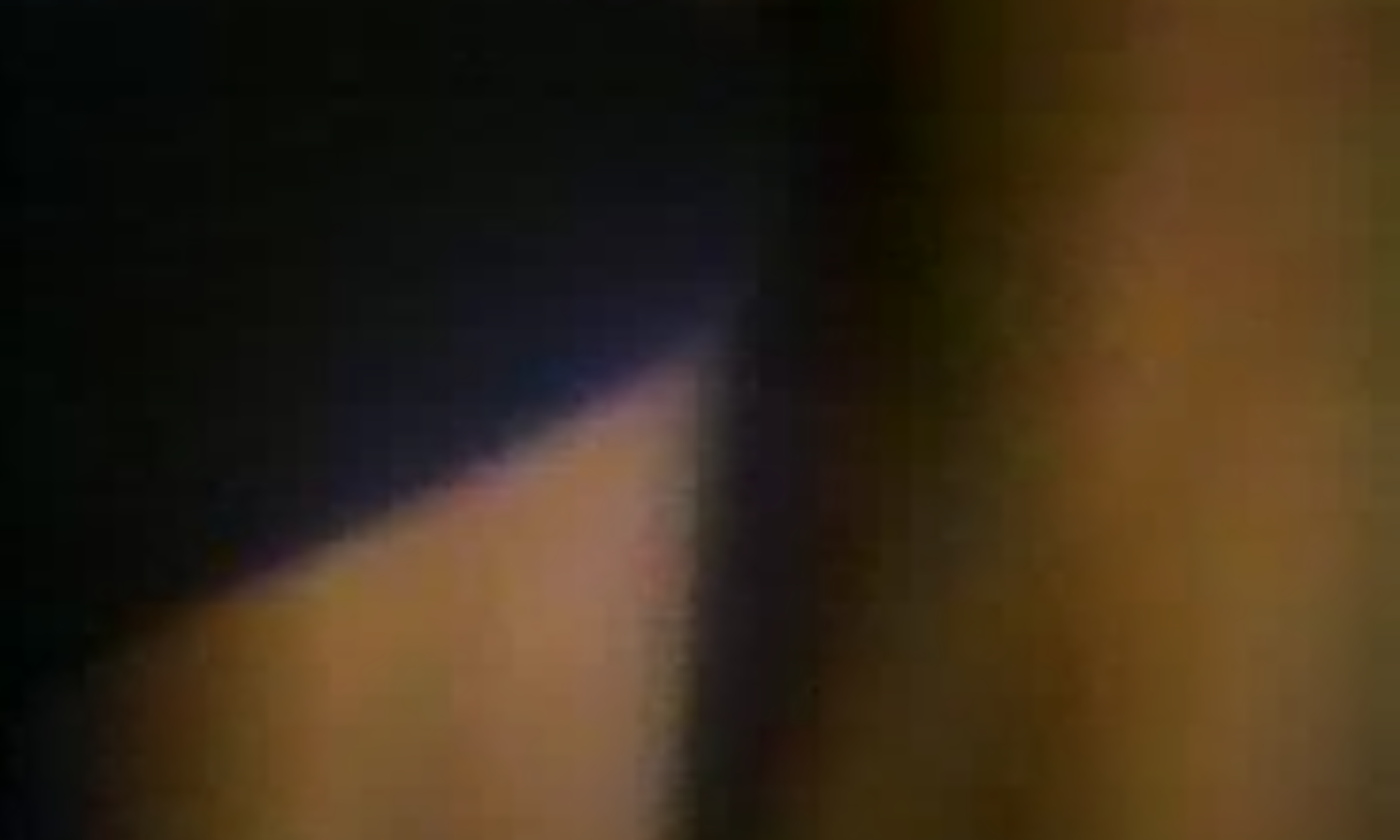
‘A second sequence of a walking woman (a key theme in art from Duchamp to Giacometti and Michael Snow) asserts actual space, here an art school corridor, and then depicts closely related staggered shots of a woman repeatedly crossing her legs until a final glimpsed moment of voyeuristic revelation.’ Al Rees …
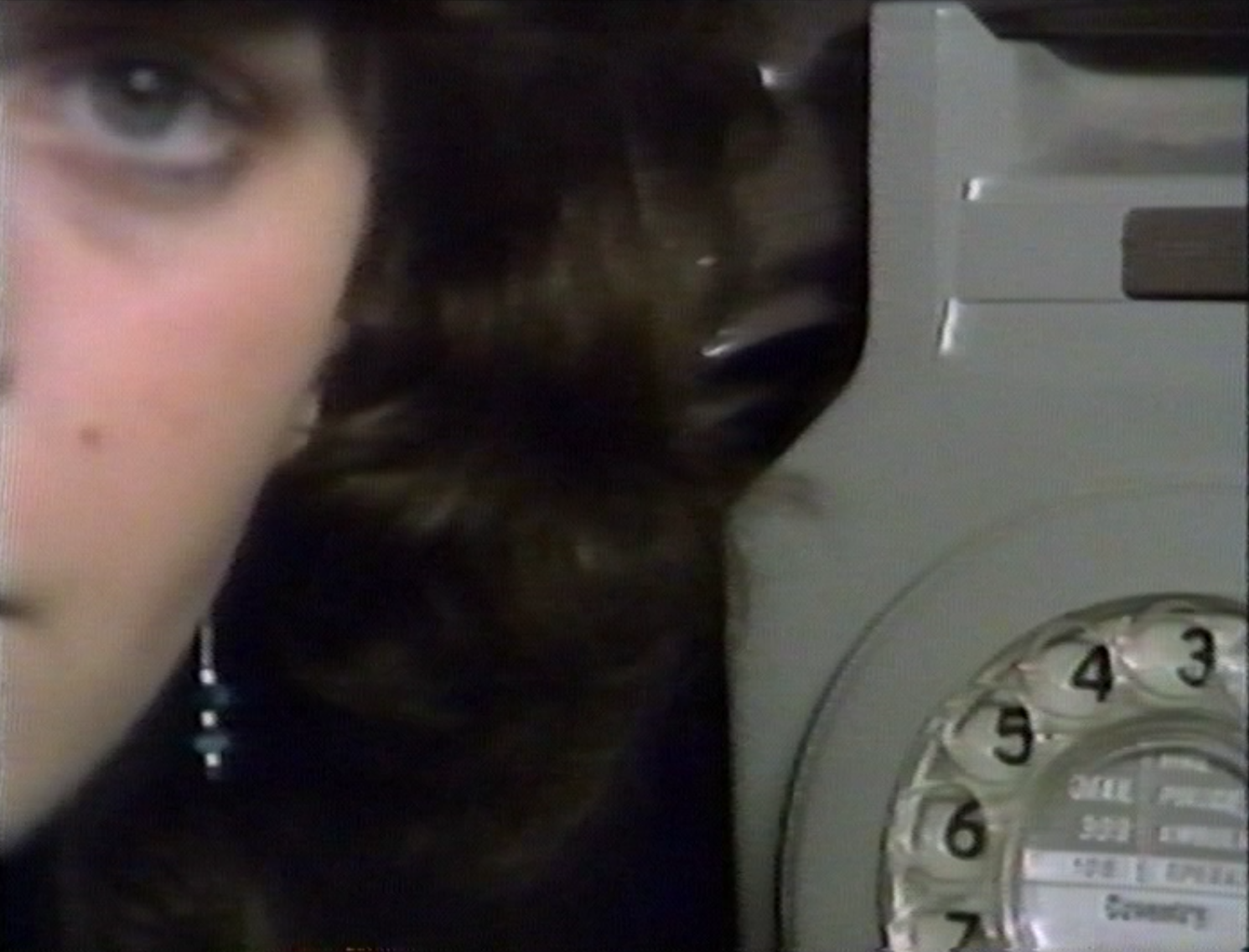
‘All concepts undergo historical change, and the concept of narrative has shifted since this piece was made. Watching an artwork concerned to open out the narrative devices utilised by mainstream film, it is interesting to ask whether what at the time it was made might have seemed a deconstruction of the structure of narrative could now be seen as no less narrative in its construction than mainstream films made today, or indeed the films it sought to deconstruct. …
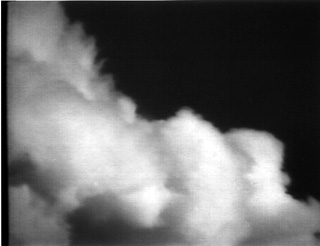
“When Partridge began to explore the then new-fangled edit-suite in the late 1970’s, he incorporated all these elements and added to them the montage film tradition (suitably altered) at a time when extreme duration and the single take were still seen as defining the nature of video as against cinema. This was far-sighted in staking out the artist’s claim to, so to speak, cut and paste videotape well ahead of its commercial exploitation in advertising and television. …
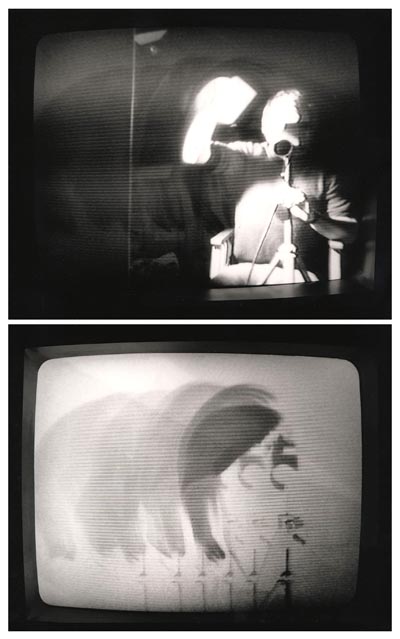
‘Over-lighting exceeds capacity for assimilation in a 1970s video camera and images are burnt into the surface of its ‘vidicon’ tube. Here a unique property is explored where both the passage of time and trace of that continuum are registered as one… In this, the original tape, one of three sections records the image of the artist with a camera (via a mirror) panning, by stages, across the screen. Before movement the lens is covered and re-exposed after the change, …
Continue reading “Vidicon Inscriptions (The Videotape 1976)”
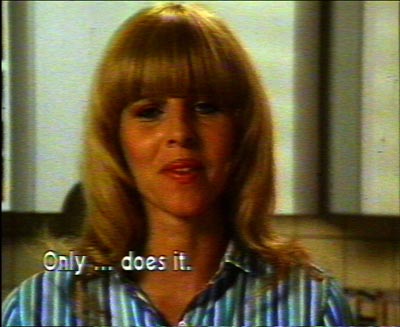
This piece was one of an intended series of 5, ‘TV Interventions’ that would take the form of TV commercials. ‘Consumer Demonstration’ was the only piece that was ever made. Weis Smals and Josine van Droffelaar from DeAppel foundation died tragically in a light aircraft crash in 1983.
ACGB programme for Video Artists on Tour; 1985 pdf here. …
Continue reading “Dutch TV Commercials No1: Consumer Demonstration”
